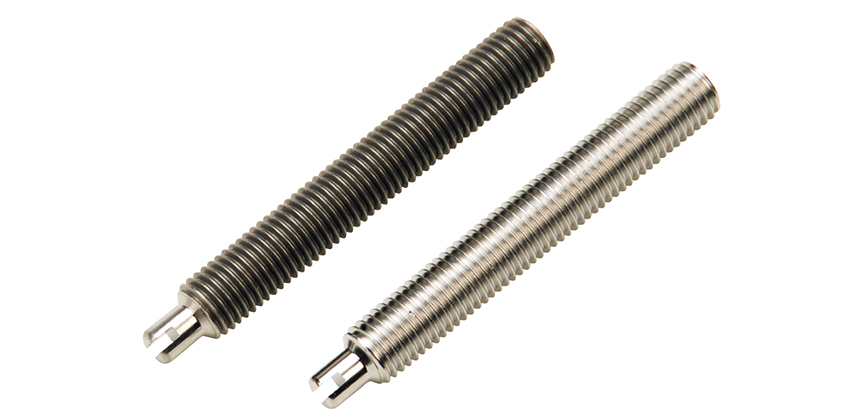Chemical passivation is frequently used to increase the corrosion resistance of stainless steel by eliminating free iron and other surface contaminants. Despite the process's history and widespread use as a method for improving part longevity in corrosive environments, its ineffectiveness is causing engineers to look for other methods to protect their parts from corrosion.
Electropolishing Vs. Passivation
Chemical passivation is intended to remove free iron and other contaminants from a metal part's surface, leaving behind a corrosion-resistant, chromium-rich surface. However, this type of metal processing isn't as effective as electropolishing and can’t be used for non-stainless alloys, like aluminum, copper, brass and carbon steels.
In addition, electropolishing removes heat tint from heat treating or welding, while chemical passivation does not. Electropolishing is also more effective because it removes surface and embedded contaminants. In the comparison of electropolishing vs. passivation, electropolishing outperforms passivation with regards to corrosion resistance.
How Electropolishing Improves Corrosion Resistance
Electropolishing is a more effective method of improving corrosion resistance than chemical passivation because of what the actual process does. When electropolishing stainless steel and other alloys, the part is racked and submerged in an electrochemical bath that dissolves a uniform layer of surface metal. When that layer of surface metal is removed, contaminants embedded in the surface, as well as micro surface imperfections, are eliminated.
By removing the imperfections, which could become initiation sites for corrosion, electropolishing creates a smoother surface with a bright finish that resists the potential effects of a corrosive environment. Extensive salt spray testing has demonstrated that electropolished parts resist corrosion more effectively than passivated parts. Chemical passivation does improve the corrosion resistance of stainless steel parts somewhat, but it is not as effective as electropolishing.
A Controlled Process
Though electropolishing actively dissolves surface metal from a part, it is a controlled method that allows engineers to remove a predetermined amount of surface material. This way, they can eliminate surface imperfections and improve corrosion resistance without taking the dimensions of the part out of tolerance.



